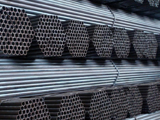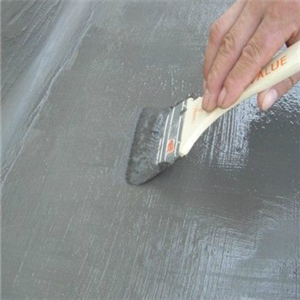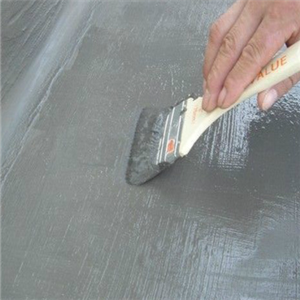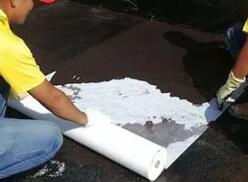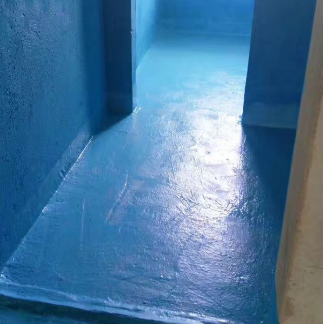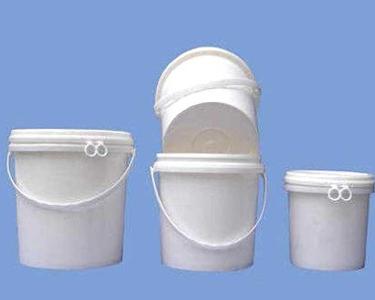Waterproof coating
Basic types of waterproof coating
Basic performance of waterproof coating
Nanotechnology of waterproof coating
See more "waterproof coating" franchise projects
“ Waterproof coating ”Related franchise projects
-
Products: Material Science Number of stores: ninety-nine -
Investment amount: -
500000~1000000
-
Consultation: -
zero people
-
Requested: -
eight hundred and thirty-nine people
Tianyou waterproof coating Shizhong District, Jinan City, Shandong Province -
-
Products: paint Number of stores: eighty-nine -
Investment amount: -
50000~100000 yuan
-
Consultation: -
zero people
-
Requested: -
one thousand and forty-two people
Js composite waterproof coating Xicheng District -
-
Products: waterproof Number of stores: one hundred -
Investment amount: -
100000~200000
-
Consultation: -
zero people
-
Requested: -
nine hundred and eighty-five people
Polyurea waterproof coating Nanhai District, Foshan City, Guangdong Province -
-
Products: Waterproof coating Number of stores: two hundred and thirty-six -
Investment amount: -
100000~200000
-
Consultation: -
zero people
-
Requested: -
one thousand one hundred and eighteen people
Kailike Waterproof Coating Headquarters Baiyun District, Guangzhou City, Guangdong Province -
-
Products: Waterproof coating Number of stores: ninety-five -
Investment amount: -
100000~200000
-
Consultation: -
zero people
-
Requested: -
nine hundred and seventy people
Cement based waterproof coating Yuexiu District, Guangzhou City, Guangdong Province -

